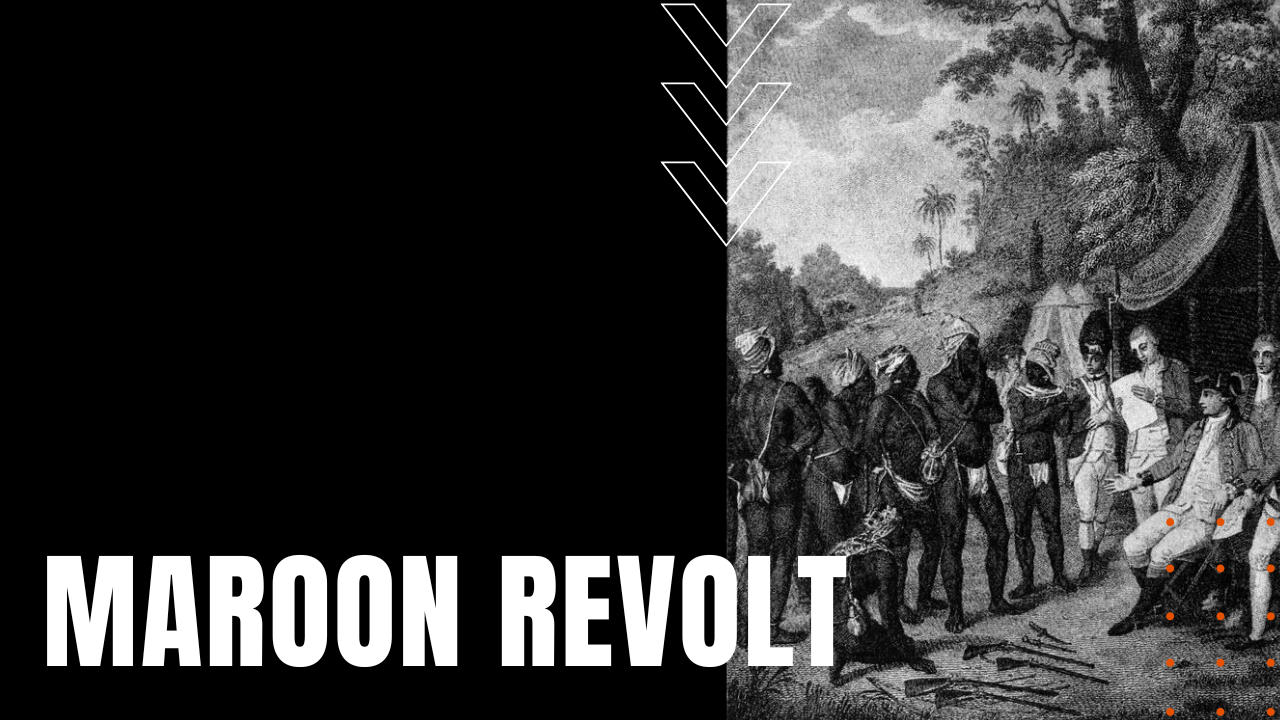First Slave Revolt in the New World

While most historians have pinned the first slave revolt in North America on Toussaint Loverture’s successful leadership of the Haitian Revolution of 1791 to 1804, recent scholarship by Robert Schwaller of the University of Kansas has uncovered a slave revolt in Panama that supersedes the Haitian revolt by some 200 years. Unearthing letters, royal edicts and court documents discovered in the General Archive of the Indies in Seville Spain—an archive devoted to the Spanish Empire in the Americas and Asia—Schwaller discovered a long history of slave revolts in Panama, beginning less than a decade after Spanish explorer Vasco Nunez de Balboa first brought enslaved Africans to Panama in 1513.
A Negotiated Peace
Those participating in the self-emancipation movement in Panama and elsewhere became known by the English term as maroons, which in the case of the Colon province of Panama, tied up Spanish forces in a decades-long and quite costly guerrilla-style war that ultimately resulted in a negotiated peace in 1579, when Panama’s high court granted permanent freedom to resistance leader Macanbique and his maroon followers throughout Spanish territories in the New World, which in turn led to other successful freedom revolts in Ecuador, Columbia, Mexico and Jamaica.
Settlements Persist to this Day
After their freedom was affirmed by the Spanish crown, maroons formed their own self-governing communities around the Spanish fort at Portobelo. Today, the maroon communities in and around Portobelo continue to thrive some 400 years after their formal emancipation, leading Schwaller to write that “The amazing thing about Portobelo is that the people who live there today have a direct connection to the people who came from Congo and Angola, many of whom were maroons.
A Rich Heritage
They know their history, even though few outsiders do,” leading other scholars like Ben Vinson the 3rd of Case Western University to laud Schwaller’s work as a milestone pathway for teaching about rebellion and peace brokering among formerly enslaved people, making the maroons of Panama, the first successful slave freedom movement in North American history.
